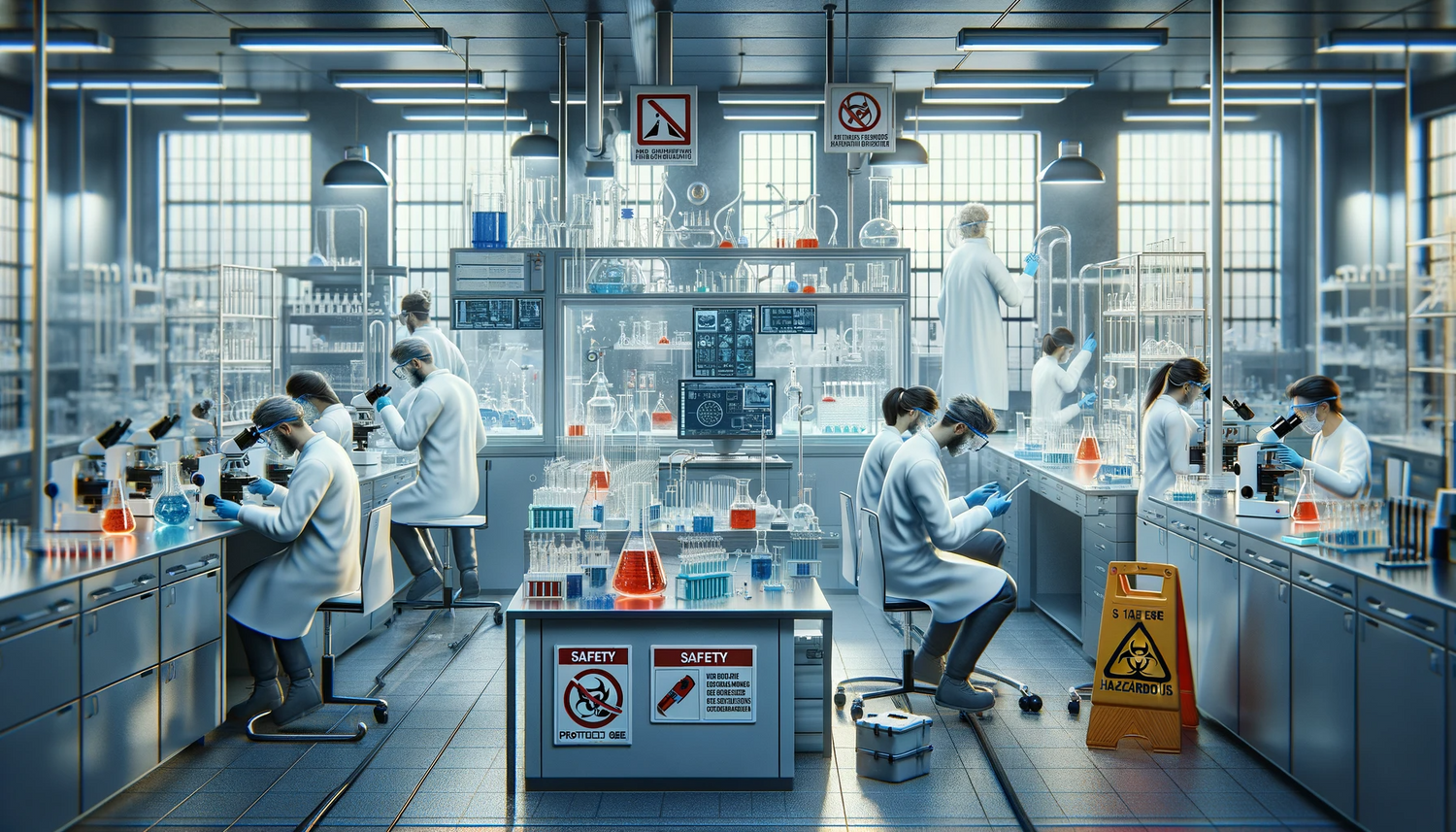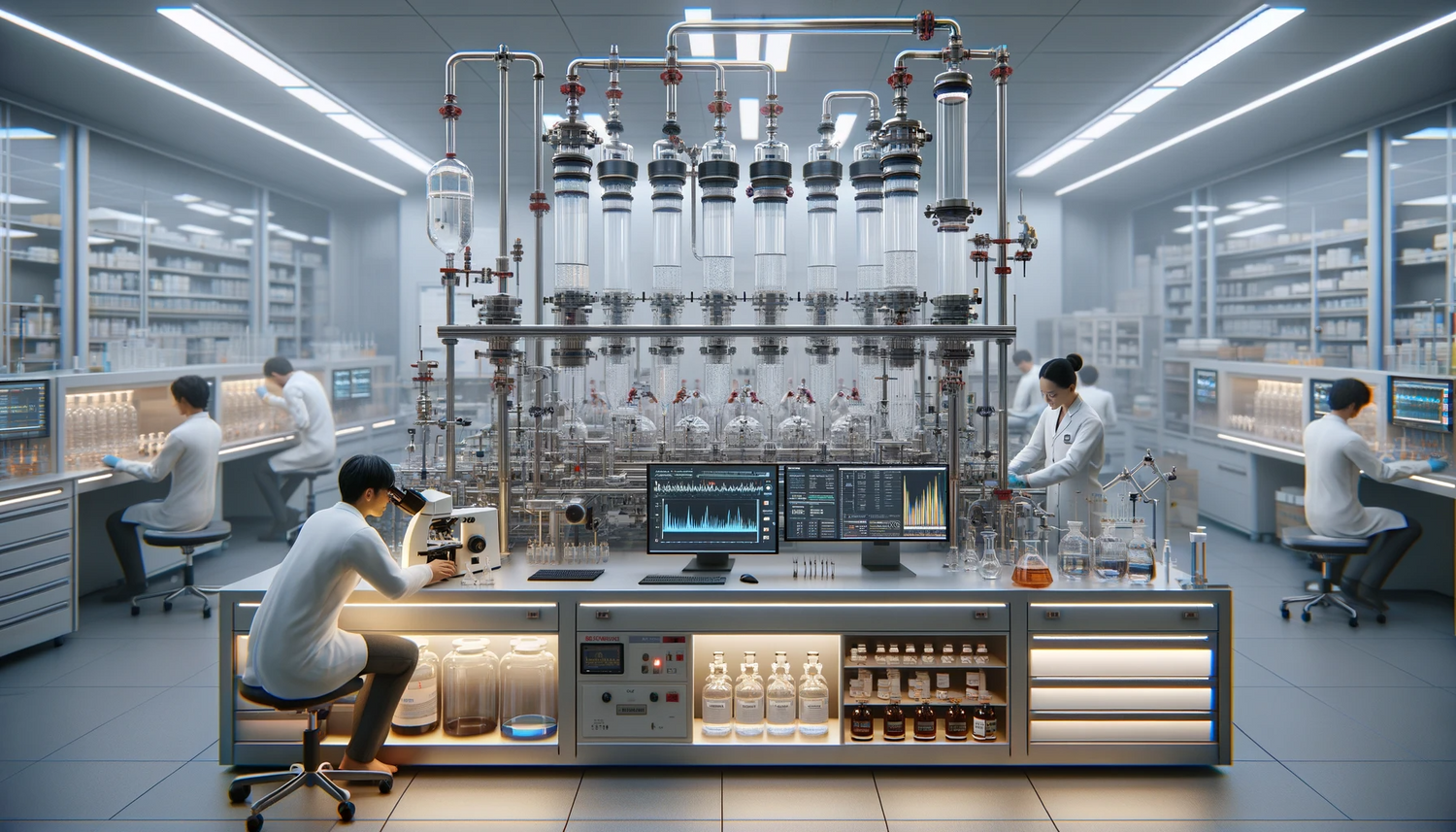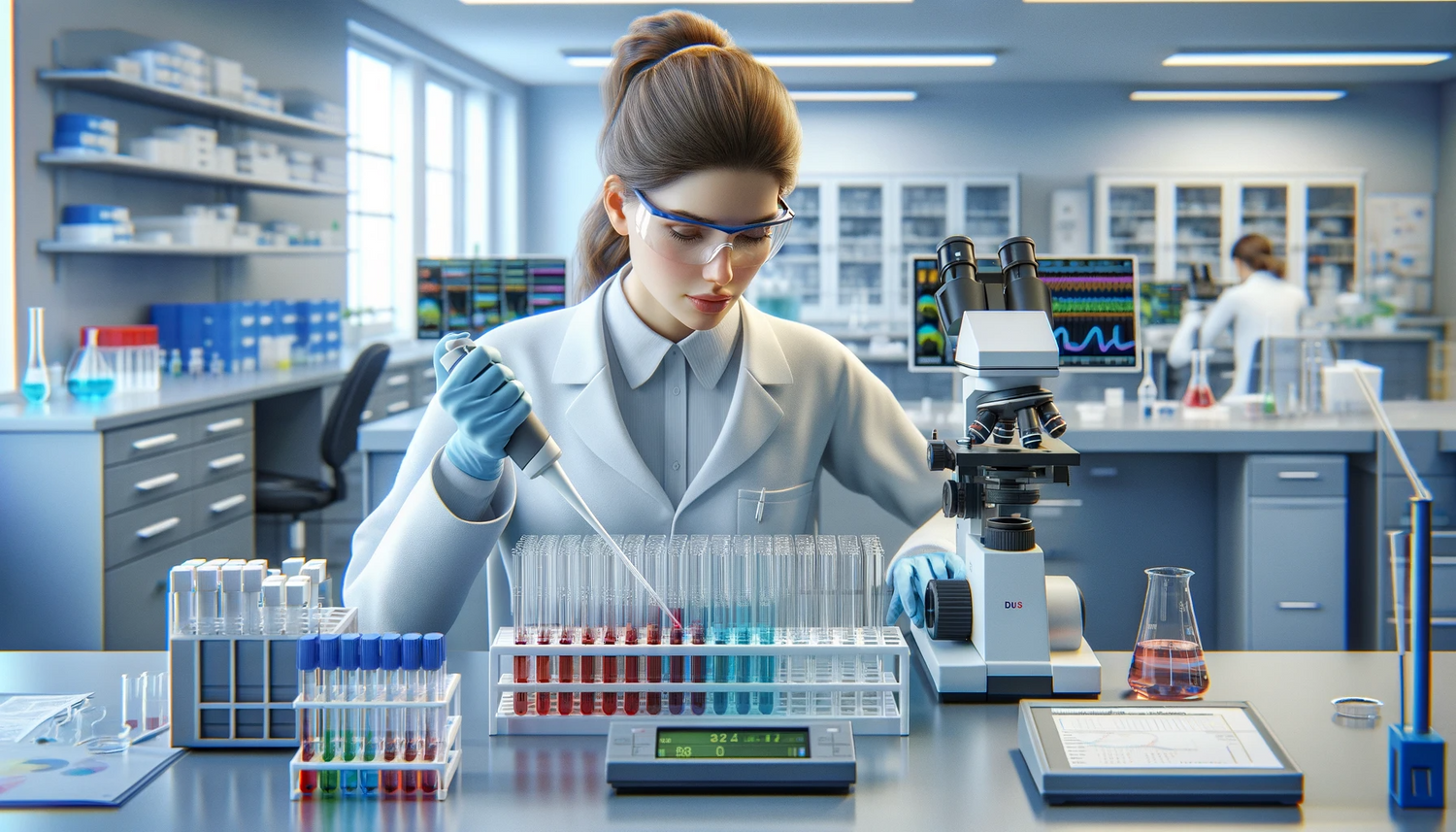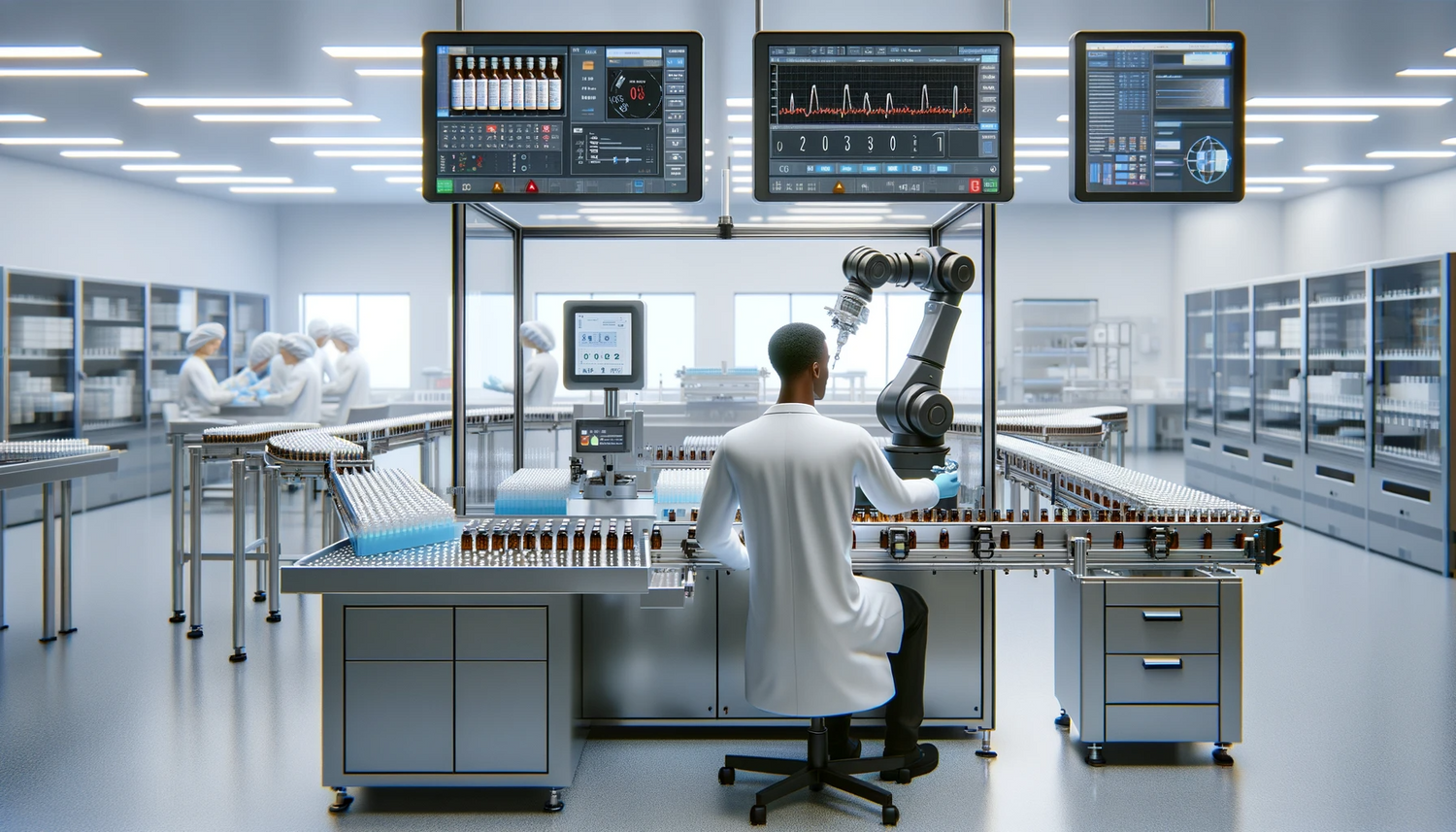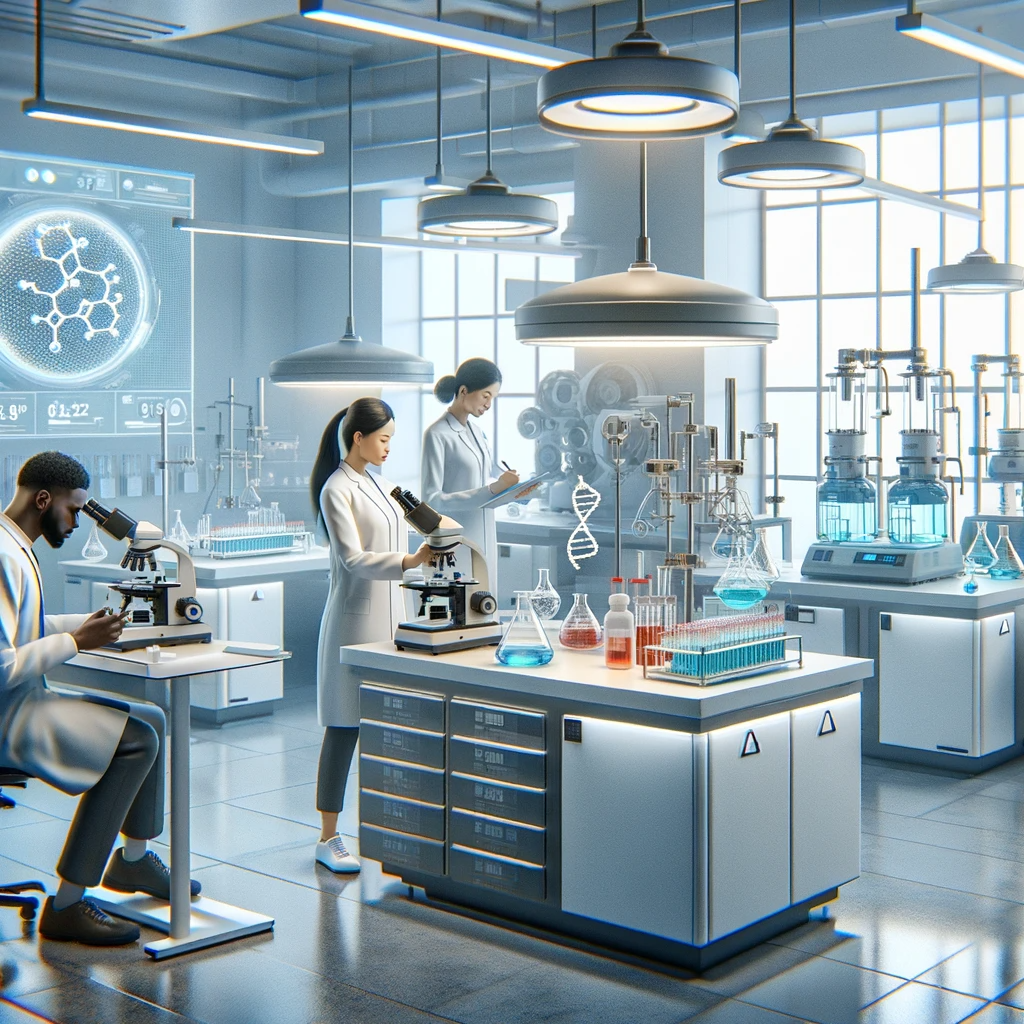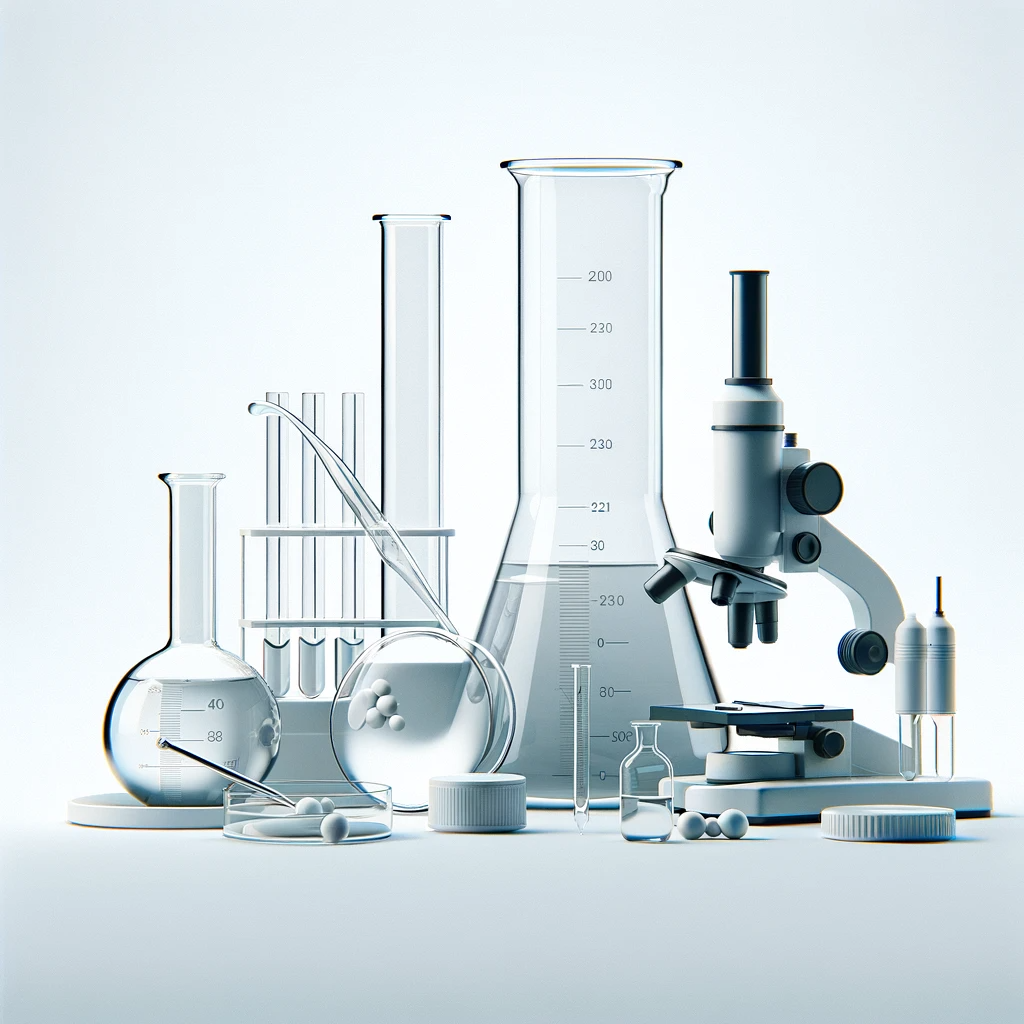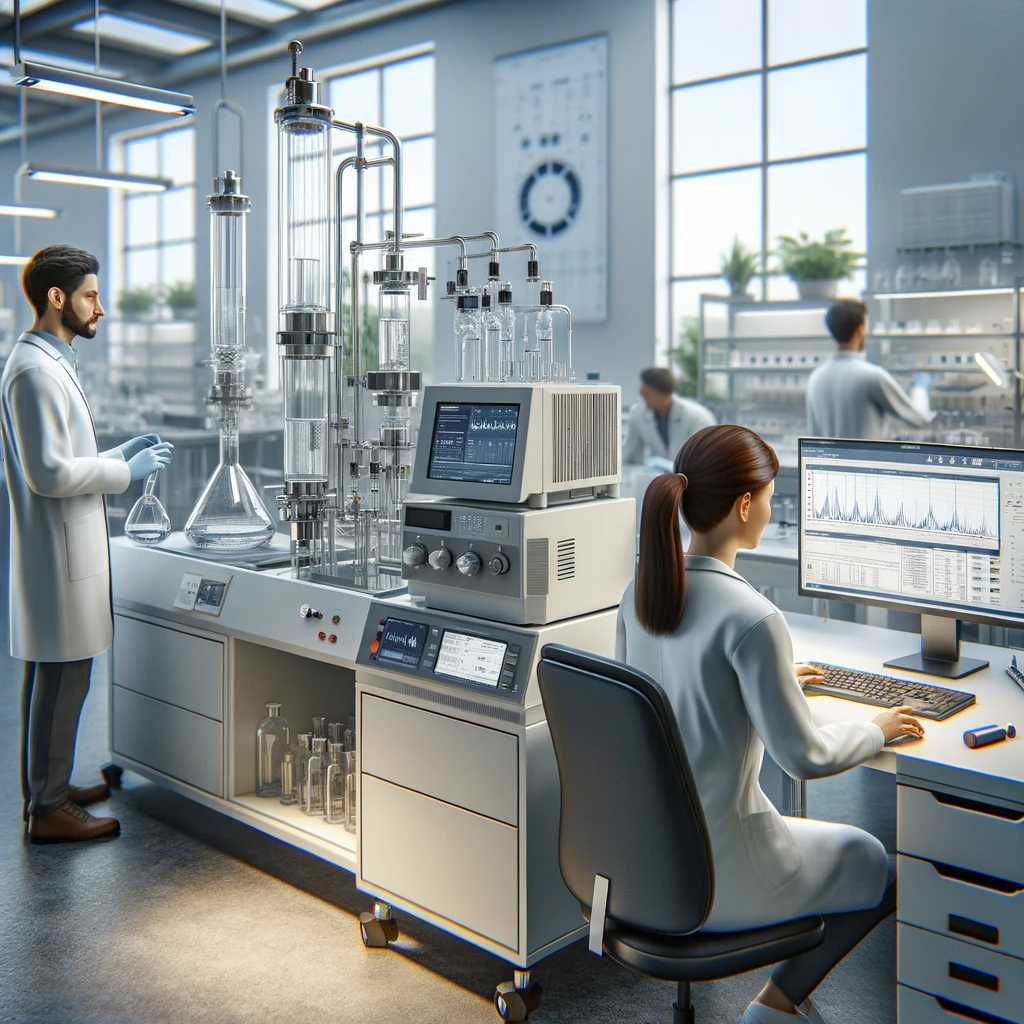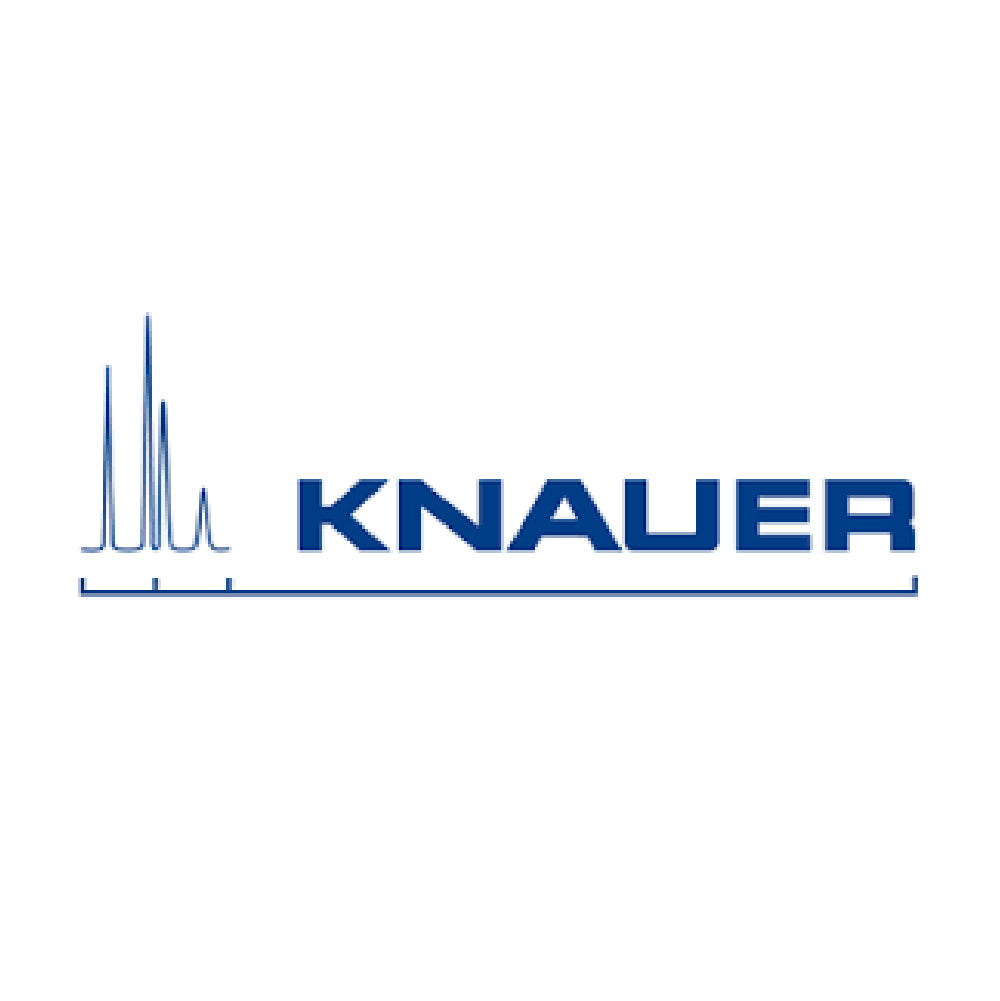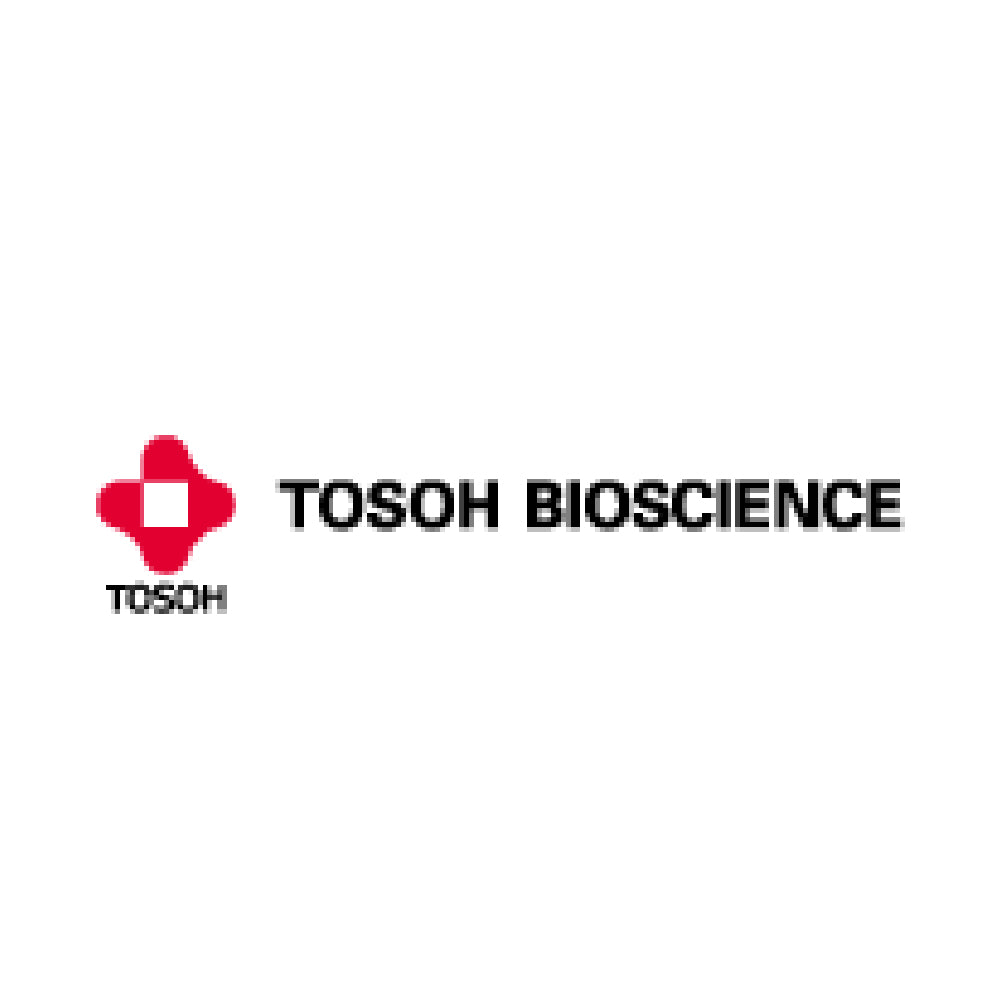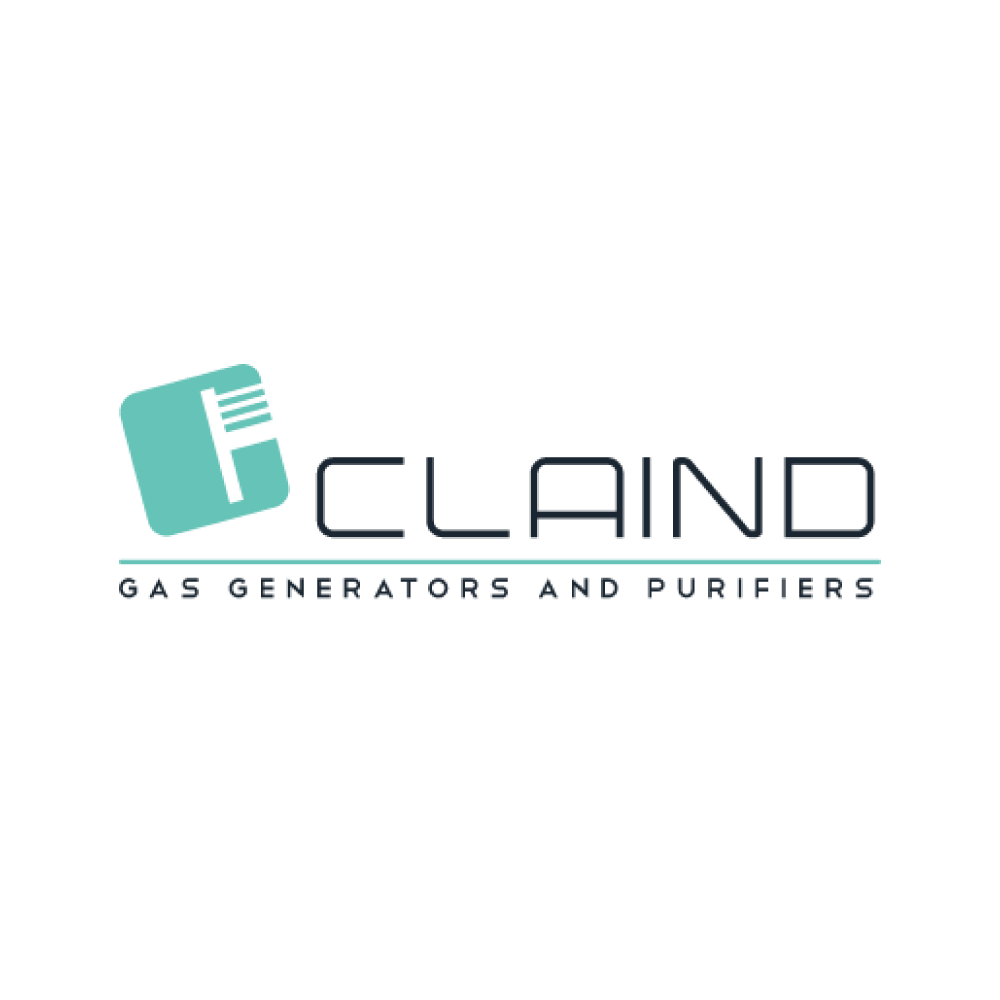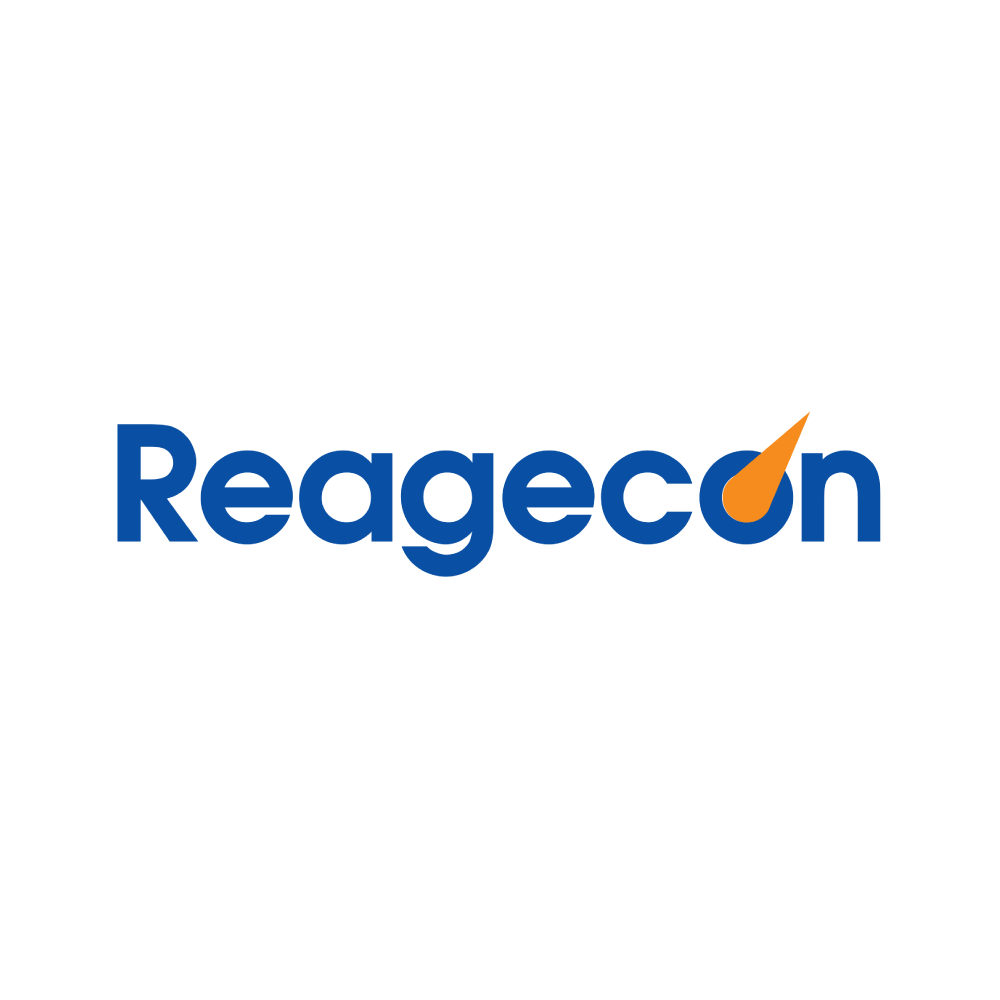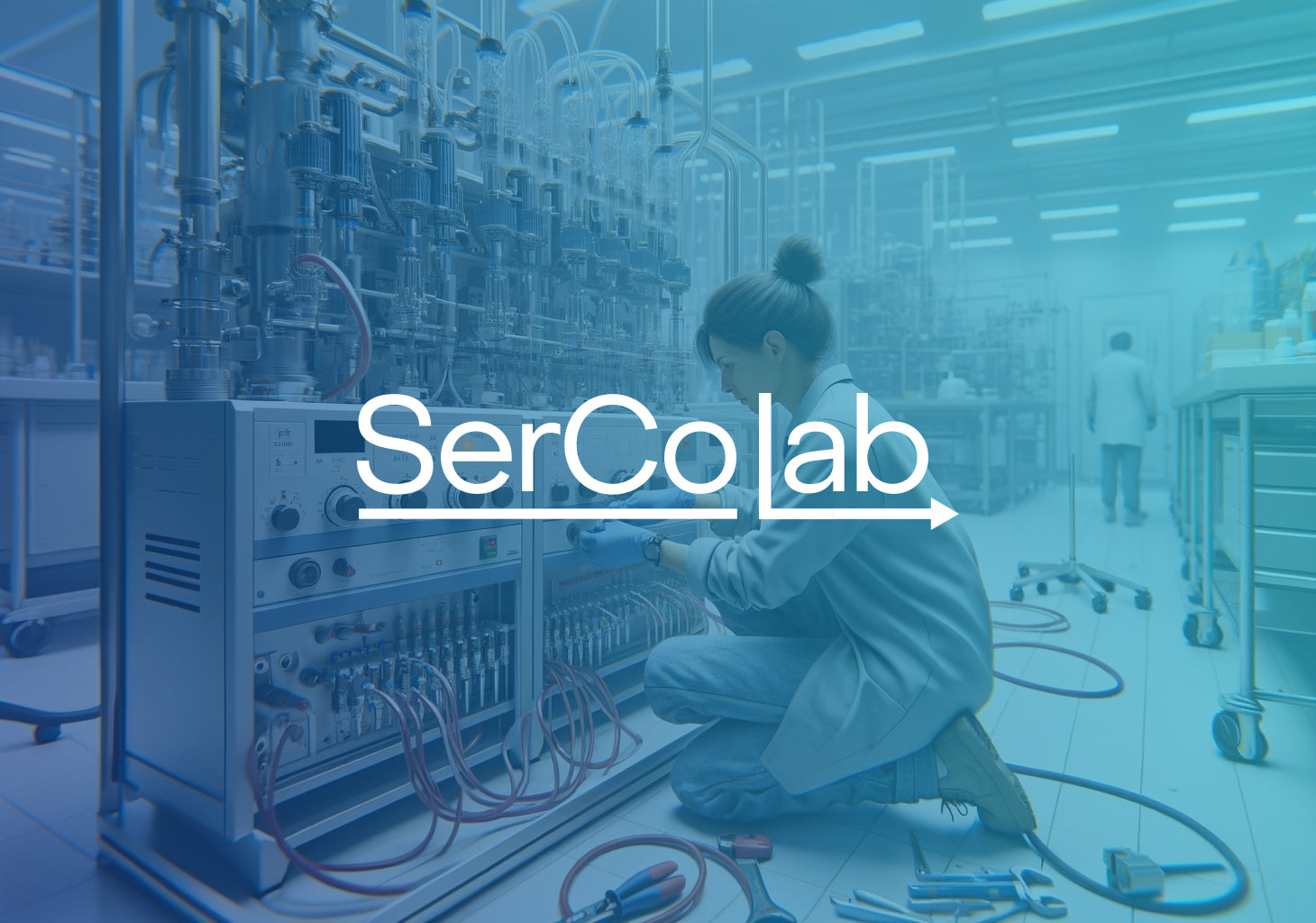Discover the Power of Ion Exchange Chromatography (IEX) for Proteins, Peptides, and Antibodies
Ion Exchange Chromatography (IEX) is a pivotal technique in the purification and analysis of biomolecules, including proteins, peptides, and antibodies. This method utilizes the charge properties of molecules to facilitate separation, making it indispensable for researchers and manufacturers, especially within the biopharmaceutical sector. Whether you are involved in academic research in Belgium or are part of a global biotech firm, understanding the versatility and applications of IEX can significantly advance your work.
What is Ion Exchange Chromatography?
Ion Exchange Chromatography separates molecules based on their net charge. This technique involves an ion exchange resin that contains charged groups. Proteins, peptides, and antibodies in a solution will interact with these charged groups, binding to the column. The strength of the bond depends on the charge of the molecule and the pH and ionic strength of the environment, allowing for a highly controlled separation process.
Key Applications of IEX in Protein, Peptide, and Antibody Purification
- Protein Purification: IEX is ideal for purifying proteins with distinct charge properties, which can be critical for applications in enzyme kinetics and drug development.
- Peptides: Short chain amino acids or peptides can be effectively separated by IEX, helping in studies related to hormonal pathways and disease markers.
- Antibodies: For the purification of monoclonal and polyclonal antibodies, IEX provides a method to obtain highly pure antibodies, which are crucial in therapeutic treatments and diagnostic applications.
Advantages of Using IEX for Biomolecular Separation
The benefits of using Ion Exchange Chromatography in the purification process include:
- High Resolution: IEX offers excellent resolution with high loading capacities, making it effective even in complex mixtures.
- Versatility: It can be adjusted by changing the pH or ionic strength, which alters the charge interactions between the stationary phase and the molecules.
- Scalability: From microscale laboratory applications to large-scale industrial processes, IEX scales effectively, maintaining efficiency and effectiveness.
Selecting the Right IEX Resin
Choosing the right ion exchange resin is critical for optimizing your separation process:
- Cation vs Anion Exchange Resins: Select cation exchange resins for positively charged biomolecules and anion exchange resins for negatively charged ones.
- Resin Capacity: Evaluate the ion exchange capacity of the resin to ensure it meets the demands of your application.
- Compatibility: Ensure that the resin is compatible with the biomolecules being processed to prevent any unwanted interactions.
Optimizing IEX Conditions for Maximum Efficiency
- Buffer Selection: The choice of buffer is crucial as it affects the pH and ionic strength, influencing the charge state of the molecules and their interaction with the resin.
- pH and Ionic Strength Adjustments: Fine-tuning these parameters can help in achieving the desired purity and yield by enhancing the selectivity of the chromatographic process.
Conclusion
Ion Exchange Chromatography is a robust and reliable method for the purification of proteins, peptides, and antibodies. Its ability to provide high purity and specific separation under adjustable conditions makes IEX a cornerstone technique in biopharmaceutical labs worldwide. As the demand for precise biomolecular separations grows, the role of IEX in scientific research and manufacturing will continue to expand. For laboratories and facilities in Belgium and beyond, embracing this technology will propel your projects to the forefront of biochemical innovation.

